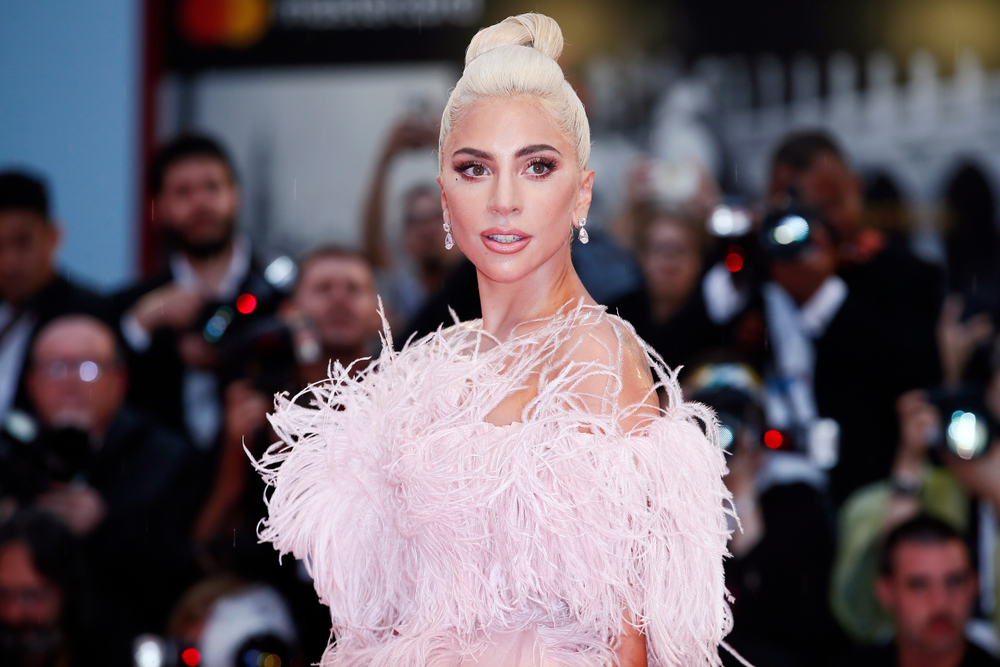In March, Prime Minister Narendra Modi exhorted everyone to think of the untiring efforts of all healthcare workers — doctors, nurses, paramedical staff, pathologists, hospital administration staff, ambulance drivers, ward boys — battling the coronavirus. He urged, “…we should stand at our doors or on our balconies and clap for five minutes to thank these people.” After all, in comparison to any regular person, the risk of death due to corona is 17 times higher in doctors and 15 times more in healthcare workers. The next few months these frontline corona warriors waged on the battle lines through PPE shortages, poor working conditions, increasing workload. Around this time, the Indian Council of Medical Research or ICMR recommended that they be prescribed hydroxychloroquine (HCQ) as a preventive measure, though experts warned there was not enough evidence about their efficacy in such a scenario. The battle continued, despite pay cuts and job cuts, in private and government hospitals alike. The Supreme Court took note and rapped the government. It said, “In war, you do not make soldiers unhappy. Travel the extra mile and channel some extra money to address their grievances.” And then came the unkindest cut of all for these professionals — rampant and inhuman social stigma and ostracism by those they were selflessly serving because they were thought to be carriers of the contagion. “Nurse not allowed to enter neighbourhood”, “Mob denies burial to doctor” — such headlines became common. It has been noted that for every one lakh people in India there are 4,969 cases of infected healthcare workers. Around September, the government said it had no data on healthcare workers who died of Covid-19. In response, the Indian Medical Association or IMA put out a statement that read, “No nation has lost as many doctors and healthcare workers like India. To feign that this information doesn’t merit the attention of the nation is abominable.” Today, we know that till October, 500 doctors had died — and even that is most likely a conservative estimate. There is no data for those lower down in the healthcare chain. In the meantime, the hospitals continue to fill up. We pay tribute to the tribe with this portraiture of one of them:
I first met Lalu Mallick, a lean, sprightly man with deep-set eyes, two years ago in the intensive care unit (ICU) of a hospital. My father had had a fatal fall and when we rushed him to the hospital, it was Mallick who dwheeled him to the ICU. He whispered to me, “Don’t lose hope...”
Mallick, 50, is a ward boy at a hospital in central Calcutta.
Typically, ward boys are somewhere at the bottom of the hospital and healthcare chain. They have neither any professional training nor any medical education. Their job is to transport patients from one ward to another or from ward to diagnostic centre within the hospital for an X-ray, a CT scan, an MRI or other tests. They help doctors and nurses intubate critical patients and in set-ups where there is acute staff shortage they help administer intravenous drips, suture superficial wounds, put on casts (in case of fractures) and dress wounds. They also run errands, from providing bed pans to patients, to fetching refreshments for doctors and nurses, to keeping clean doctors’ chambers.
A day after being admitted to the hospital, my father, who never stopped haemorrhaging, lost consciousness. The update from the doctors was terse, “We can’t say anything until 48 hours. He is not improving.” As I broke down outside the ward, Mallick walked up to me and said earnestly, “I have seen worse off patients recover; even those on ventilation. Things may change.”
That evening, however, my father died. As his lifeless body was sent for post-mortem, Mallick stood beside me. He warded off the staff from the mortuary when they hovered around me for baksheesh, and all through, tried his best to calm and console me.
I had kept in touch with Mallick. When I received a call from him this July to say he was now a kind of supervisor of all the ward boys in the Covid-ward of the hospital, I was not surprised.
There were continuing reports about hospitals creaking under the relentless coronavirus workload, about healthcare workers stretched beyond belief, working back-to-back shifts without a break and not always with the requisite protective gear. In March, most wards of the hospital where Mallick is employed closed down. Some of the temporary staff were sent on furlough, many daily wagers lost their jobs. The risk of losing jobs continues to loom.
The stream of patients started growing around end-May. Though the hospital where Mallick works is designated a non-Covid hospital, more and more patients tested positive. These patients were eventually referred to hospitals specialising in Covid treatment but, for a couple of days, Mallick and his team had to take care of the patients who awaited test results. “Those were the days when there were not enough PPE kits to go around. It was sheer luck that I didn’t catch the infection,” says Mallick.
Covid cases started to spike and by end-July the hospital had a separate Covid ward with 20 beds. Since he was quite the expert at handling critical care machines such as the Cpap, Bipap, ventilator — all required for supported breathing — Mallick was in great demand in the ward.
That day, he called to inform me about his increased responsibilities, I expressed concern for his safety. He replied, “I prefer working here to sitting at home. I felt helpless when the wards were shut a month ago.”
Mallick says he has handled several pneumonia patients before but Covid-induced pneumonia is different. “A patient chatting normally in the evening can deteriorate drastically by night with an abrupt drop in the level of oxygen. The lungs seem to get choked so fast,” he says. He often acts as the link between those hospitalised and their family, conveying basic information about health status — oxygen level, bowel movement — to updates about dietary intake. “Even a small bit of information goes a long way in reassuring a patient’s family,” he says.
One doctor at the hospital — he did not want to be identified — told The Telegraph, “Doctors and nurses get some recognition as Covid warriors, but ward boys are largely ignored. They are the ones who have our backs; they encounter an infected patient first. They deal with contagious samples, deal with discarded PPEs and other infected components. We can’t work without their help.”
Mallick did not start out as a ward boy. He was born and brought up in south Calcutta. His father was a state government employee — a clerk. The family home was in south Calcutta’s Jodhpur Park.
Mallick wanted to be an entrepreneur. He dropped out of school no sooner than he had cleared his school-leaving exams. This was the 1990s. At the time the city was expanding at a frenetic pace — apartment blocks were coming up here, there, everywhere. Mallick decided to strike out as an interior decorator. In a couple of years’ time, while on assignment, he met an actress who played bit roles in mega serials. After a brief courtship they got married.
Life was good and so was business. Mallick bought a small apartment in Jodhpur Park. When it was time for his two daughters to go to school, he had them enrolled in reputed English medium schools. Life was running smoothly but Mallick had set his sights on bigger things.
He bagged an important contract for the construction of ancillary units beside what was to be the Tata Motors factory in Singur. That was in 2006. He invested a large amount of money, which included his life savings, and took a hefty bank loan. When the Singur project failed to kick off, Mallick turned pauper overnight.
He could barely make ends meet. Then someone from his locality made a suggestion. He worked as a labour contractor for several city hospitals and he urged Mallick to join as an OT boy — an assistant in the operating theatre (OT) of a hospital.
Initially, Mallick was reluctant, but as he didn’t have any option, he accepted the job of cleaning scissors and scalpels and other equipment in the hospital OT.
Within a year, he picked up the basic skills and switched to a better paying job as housekeeping staff in the ICU of a bigger hospital in central Calcutta. Even though his job description was to clean and sterilise medical equipment, he quickly learnt more nuanced jobs meant for nurses and more qualified personnel at ICCUs. He learnt how to put patients on supplemental oxygen support, how to insert the Ryle’s tube for nasogastric feeding, how to insert a catheter. He now helps technicians take nasal swabs for Covid tests.
Mallick tells me that for all the skilling most ward boys are perceived as no more than “safaiwalas”, or janitors. Most days they have to work 12-hour shifts but, as ward boys, they remain among the lowest-paid employees in the hospital work chain.
Mallick says he feels terribly upset when he hears how his colleagues are routinely ostracised in their neighbourhoods. He knows of those who have had to force their families to relocate. He says, “To avoid all these, I usually work long shifts. I try to make sure I leave before daybreak and reach home only after midnight.”
Some of our saviours through this unprecedented pandemic, we have forced into living invisible lives.


